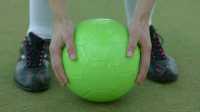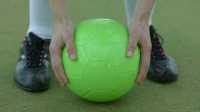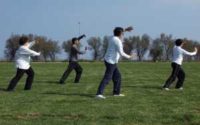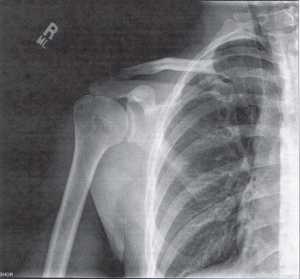MedicalResearch.com Interview with:
Stephen J. Greene, MD
Division of Cardiology
Duke University Medical Center
Durham, NC
MedicalResearch.com: What is the background for this study? What are the main findings?
Response: In 2008, the United States FDA issued an industry guidance specifying that diabetes drugs should routinely be tested in large cardiovascular outcome trials to confirm cardiovascular safety. The guidance specifically mentioned cardiovascular safety in terms of MACE, or major adverse cardiac events, including cardiovascular death, myocardial infarction, and stroke. Largely because of this, these trials have traditionally had a focus on cardiovascular disease in terms of atherosclerotic events. Heart failure was not mentioned in the FDA document and these trials have had a lesser focus on it.
As the years have gone by, we have learned more and more about the connection between diabetes and heart failure. There is tremendous overlap between the two patient populations. Also, as more and more of the large cardiovascular outcome trials have been completed, we have seen multiple examples of various glucose lowering therapies either increasing or decreasing risk of heart failure events. Given all these data on heart failure/ diabetes interactions, the goal of our research was to carefully examine all of the completed large cardiovascular outcome trials of diabetes therapies to systematically describe the type of heart failure-related data they capture. As an initial step in improving heart failure characterization in these trials, we wanted to first describe what trials have already been doing and where the gaps in understanding heart failure in these trials exist.
Overall, we found major gaps in the amount and quality of the heart failure data capture in these trials. We looked at 21 large trials, including over 150,000 patients. Rates of patients with baseline heart failure were inconsistently provided, and among those trials that did provide it, heart failure patients tended to be underrepresented compared to the general population. Patients with baseline heart failure were also poorly characterized, with minimal data on functional status, ejection fraction, or heart failure medications. Only 6 trials reported rates of new-onset heart failure and the definitions used were non-specific. Most trials tended to report rates of heart failure hospitalization, but did not include data on fatal or other types of heart failure events. Only 2 trials included heart failure events within the primary study endpoint. More details are included in our full manuscript, which was published in the
Journal of the American College of Cardiology to coincide with our presentation at the ACC conference.
(more…)























